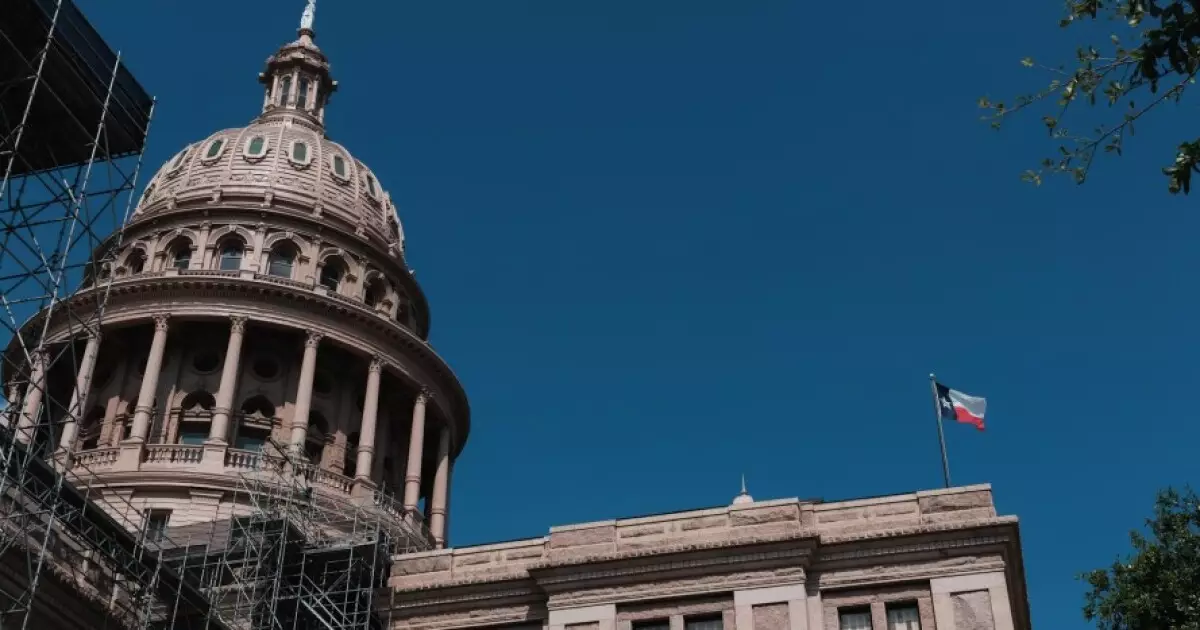In recent legislative developments, Texas lawmakers are escalating their efforts to rein in the fiscal autonomy of its largest cities and counties. Senate Bill 9 emerges as a compelling yet contentious instrument that seeks to impose tighter restrictions on operating property tax increases for municipalities with populations exceeding 75,000. This legislation is not merely a technical tweak; it symbolizes a significant shift towards central control, constricting local governments’ ability to respond flexibly to their unique challenges.
Contrary to the common narrative that local governments need freedom to finance essential services, SB 9 underscores a troubling trend: the consolidation of fiscal power at the state level. The bill reduces the voter-approval tax rate multiplier from 3.5% to 2.5%, limiting how much cities and counties can raise their property taxes without seeking explicit voter approval. While seeming to target only larger cities, the move carries dark implications—strangling local fiscal independence and forcing municipalities to operate within excessively narrow confines.
Notably, this legislation surfaces amid a broader legislative background where numerous bills aiming to constrain local taxes and bond issuances have been introduced. It is clear that the state’s political establishment perceives local governments as either stagnant or overly ambitious fiscally. The message is blunt: control, or at least oversight, must be reined in. This signals a philosophical shift towards a more centralized form of governance, where local entities are increasingly viewed as fiscal liabilities rather than partners in community development.
The Rationale Behind the Restriction: A Questionable Justification
Proponents like State Sen. Paul Bettencourt present their case with a veneer of fiscal responsibility. Bettencourt claims that since 2019, property tax rates have increased at a faster pace than before, partly due to the limited funding for public schools—a consequence of the state’s investment in capping school property taxes at 2.5%. He argues that local government taxes have been pushed beyond reasonable limits, forcing taxpayers into a corner and threatening economic stability.
However, this rationalization overlooks a critical flaw: the assumption that restricting revenue growth uniformly benefits taxpayers. It simplifies complex fiscal realities, ignoring the vital functions of local governments and the specific needs of diverse communities. For King County or Dallas to maintain adequate police, fire, and public safety services, they often rely on a flexible revenue base, which SB 9 threatens to constrict. The bill’s supporters ignore the fact that public safety, infrastructure, and economic development are intertwined with a municipality’s ability to generate revenue through responsive tax policies.
Further, the bill’s exemption of new construction from the limitations signals an inconsistency. Why should growth-driven revenues be immune when the very purpose of the tax rate restrictions is to prevent fiscal overreach? This selective exemption exposes a lack of genuine concern for balanced fiscal policy and positions tax restraint as a one-sided control measure rather than a balanced effort to maintain fiscal health.
The Real Impact: Economies at Risk
The projected revenue consequences of SB 9 are stark. For instance, San Antonio and Dallas stand to lose tens of millions of dollars annually if the bill’s limits are enforced. Such reductions threaten essential city services, from public safety to infrastructure maintenance. These funds are the bedrock of effective urban management—once constrained, cities risk falling into a precarious cycle of service deterioration and community discontent.
Critics argue thatkingpin cities like Dallas are already navigating precarious political waters, heightened by voter mandates for increased spending on public safety pensions and police pay. Such voter-driven initiatives exemplify the democratic will of local residents who recognize their cities’ unique needs. Limiting their ability to fund these priorities through tax increases diminishes their voice and exacerbates tensions between state oversight and local autonomy.
On the other hand, municipalities like Austin are pushing to maintain the existing 3.5% limit, fearing that further restrictions will deepen budget shortfalls and hinder vital city functions. Austin’s push for a November tax rate election underscores their need for financial flexibility, highlighting how overly restrictive policies could hamper growth and service delivery—fundamentals for maintaining quality living standards.
In essence, the push for limiting property tax growth is a double-edged sword. While intended to curb taxpayer burdens, it risks crippling local governments’ capacity to serve their constituents effectively. Centralized control, disguised as fiscal discipline, may end up strangling the very foundations of local democracy and community well-being.


Leave a Reply